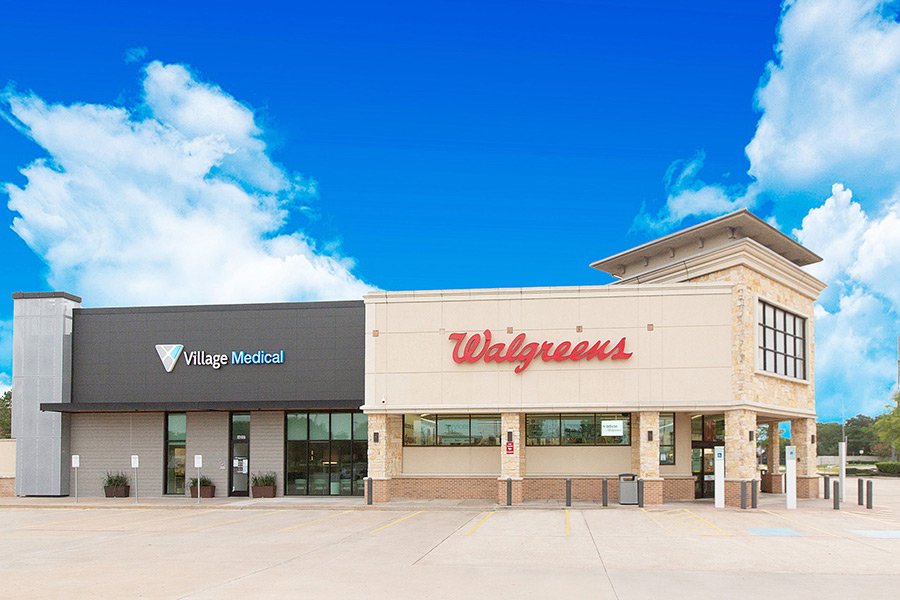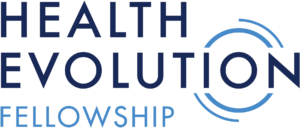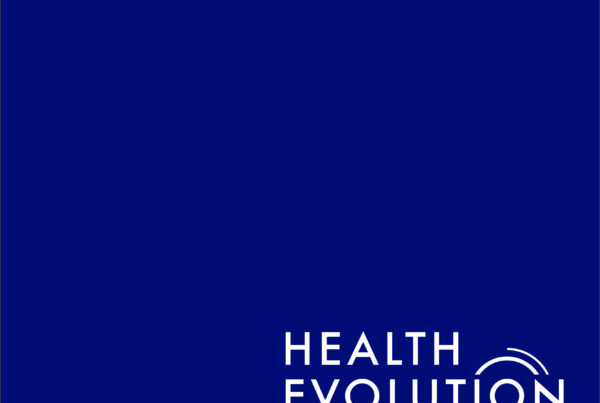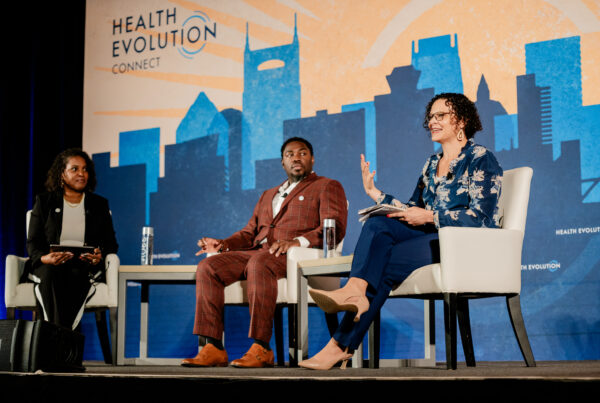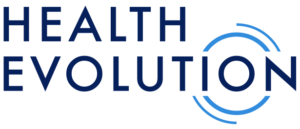In a year where independent primary-care practices are simply trying to survive the financial fallout of the pandemic, VillageMD received a three-year, $1 billion investment from Walgreens to expand primary-care services to the tune of up to 700 clinics across 30+ markets in the country.
The changing fortunes of these primary care providers is symbolic of a trend that was happening before the COVID-19 pandemic and will likely only be accentuated after it’s over. “Our health care system is failing the citizens of the U.S. We spend 2.5 times more for health care than any other industrialized nation and yet our quality and outcomes are mediocre at best,” says Tim Barry, CEO of VillageMD.
The biggest culprit? Barry says it’s the lack of investment into primary care, particularly around patients who need to manage complex diseases and a broken fee-for-service reimbursement model. A shortage of primary-care physicians has led to access issues for patients and a market opportunity for retail companies CVS Health, Walgreens, and Walmart. While CVS and Walmart are building out their own clinics, Walgreens is outsourcing it to companies including VillageMD.
Rick Gates, senior vice president of pharmacy and health at Walgreens, says the company is excited about the potential for this partnership to lower health care costs and increase medication adherence.
“They are a full service primary-care physician’s office. They are serving patients with chronic care needs, which is one of the highest costs in the health care landscape. They’re serving the patient end to end and they’re investing into at-risk models, where they’re trying to lower costs for payers and employers. And they work closely with pharmacists in their platform. For their platform, the pharmacist is really part of the care team and that helps manage adherence on drug therapy to maximize outcomes,” says Gates.
For their part, Barry and Clive Fields, MD, VillageMD’s CMO, say they are looking forward to bringing primary care to underserved areas and building connections within the community. Barry and Fields spoke with Health Evolution about the deal with Walgreens, trends that have made retail-based primary care more appealing to patients, the challenges the company is facing as it scales up and more. Below are excerpts from this interview.
Health Evolution: What does the Walgreens deal mean for VillageMD and what you are trying to accomplish?
Tim Barry: We’re incredibly excited about the partnership with Walgreens. We rolled out pilot clinics with them in the fall of 2019. To say the clinics have been a smashing success is an understatement. The way we look at success is about the experience patients and doctors are having. Do we see better clinical results? Does it help us continue to push to a better model of delivery, particularly for patients with chronic disease?
We’re an at-risk primary-care provider, we’re accountable for the cost of care and outcomes for at-risk patients. We know that less than 20 percent of our patients are accountable for 85 percent of the medical spend of all patients. When you look at what’s happened with our chronic patients and the improvements in their medication adherence levels, it’s fair to say it’s been successful. We saw increased medication adherence for patients with hypertensive problems and high cholesterol to a level that CMS uses called the 5-star level. In turn, this led to improved clinical lab values. That was because we had this integration of the primary-care doctor and pharmacist right there working together. From a consumer experience standpoint, we had a net promoter score in these clinics in the low to mid 90s.
We had physicians who were skeptical at first—they had an image of walking into a Walgreens store going down aisle seven, past the greeting cards to a medical practice in the back. These clinics are vastly different. We bulldoze 30 percent of existing Walgreens and we build a new state-of-the-art clinic. The docs enjoy that space. They love that they and their patients can park easily. They don’t have to park in some medical complex. It’s incredibly convenient to the doctor and patients. And thus far, patients love the experience.
Clive Fields: The clinics show primary care the kind of respect we typically show to neurosurgeons, surgical oncologists, and others we put at the higher end of the medical academic chain. I was talking to someone the other day about the inconvenience of health care. Is there any other industry that’s been built where we make people take two hours of their day, fight for parking, walk in the heat, go up elevators, wait in a waiting room to spend six or seven minutes with a physician, and many times patients don’t understand what even happened during that transaction?
By taking these clinics into neighborhoods where people live, we’ve effectively eliminated 75 percent of the time it takes to actually go to a doctor’s office. Some doctors would see that as an opportunity to see three times as many patients. At Village, it gives us the opportunity to see the same patient three times longer. It’s less rushed. There’s less stress in the room. We’ve taken health care to a more consumer-oriented focus. One where we care what happens to the patients inside and outside the exam room. And that’s not just in terms of access and convenience, but our clinical model as well. It’s the ability to take doctors from the office to the home and connect them with patients via telehealth and remote patient monitoring.
Health Evolution: Why now? This is an ambitious expansion plan in normal times, never mind during a COVID recession.
Fields: Well we didn’t get a chance to schedule this pandemic, it showed up uninvited. When we look back on this pandemic, a number of things will be revealed. At the top of the list is the underinvestment into primary care. I say that because in the middle of a pandemic, when anxiety is high and chronic disease needs to be managed, there’s not a relationship that’s more important than the one a patient has with their primary-care doctor. We’ve had the worst and best of all worlds: We have the worst situation in terms of morbidity, mortality, anxiety, depression, isolation, loneliness. But what we have to offer are family doctors in neighborhoods where people can be seen in person or telehealth. They know there is a community doctor there for them.
You may not be old enough to remember the depiction of a physician as Marcus Welby, he was a physician on a TV show in the 1960s. He showed the kind of trust and relationship that drives good outcomes between a patient and a doctor. Our ability to provide that in the middle of a pandemic is somewhat of a blessing and something we’ve embraced.
Health Evolution: What trends have been happening in primary care that have made retail clinics more appealing?
Fields: The most common interaction that a patient has with the health care system is with their primary-care doctor. The common intervention in this country for a patient in this health care system is the administration of a drug. Bringing together doctors and pharmacies is a little bit like apple pie and ice cream. They naturally go together because patients converge at those two points. We have traditionally undervalued the expertise and training of pharmacists and bringing that into our model enhances the patient and physician experience. For physicians, because the writing of a prescription is the single most common intervention you offer a patient, the administrative and clinical challenges around that can best be managed in partnership with a pharmacist. We’ve seen doctors spend less time on paperwork and patients get the right medication at the right time more frequently.

